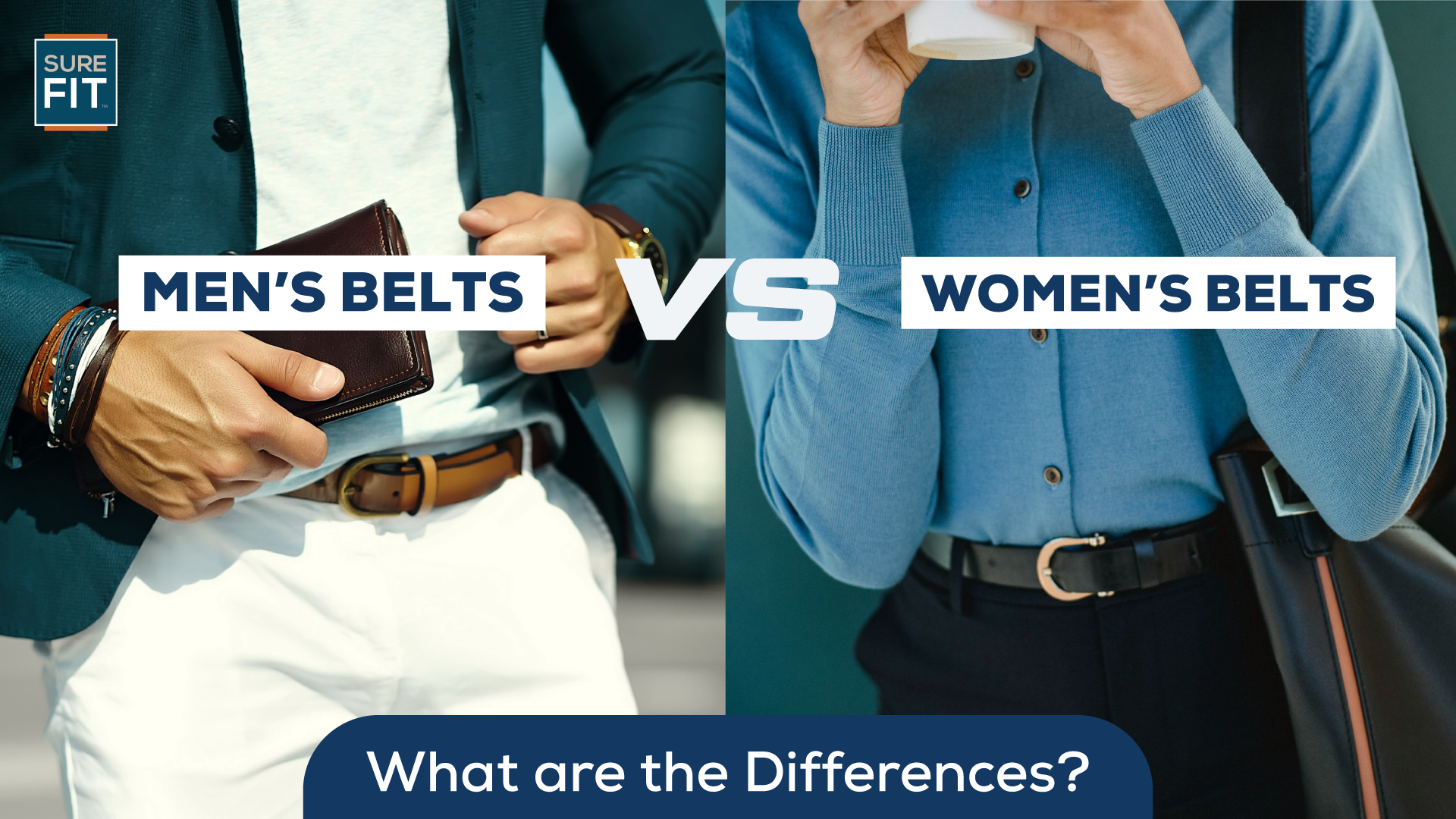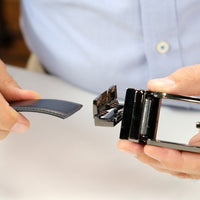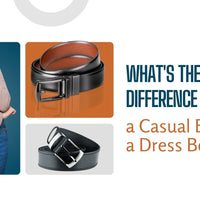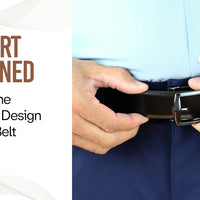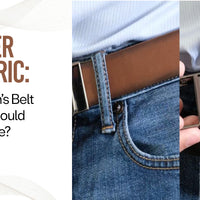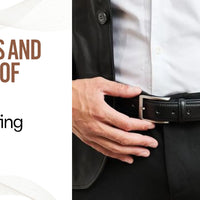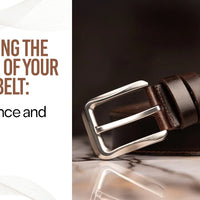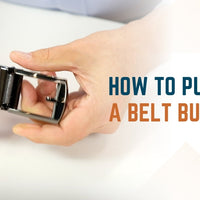Belts are a style symbol on men's waist and are an accessory in fashion, serving both functional and aesthetic purposes. While they may seem like stylish or in some ways simple items, there are differences between men’s and women’s belts that go beyond just size and color. These differences reflect not only practical needs but also cultural and stylistic preferences. Let’s discuss more about what sets men’s belts apart from women’s belts.
Design and Width:
One of the most noticeable differences between men’s and women’s belts is the width. Men’s belts typically range from 1.25 inches to 1.5 inches in width, aiming for a more robust and sturdy appearance that complements the broader cuts of men’s trousers. In contrast, women’s belts vary widely in width, often ranging from thin, delicate styles (around 0.75 inches or less) to wider fashion belts that can be up to 2 inches or more. This variability allows women to match belts to different outfits and styles, emphasizing versatility and fashion trends.
Buckle Styles:
Buckles on men’s belts tend to be simpler and more functional, often featuring basic designs such as rectangular or oval-shaped buckles in materials like stainless steel or brass. These designs prioritize durability and ease of use. In contrast, women’s belts frequently showcase a broader range of buckle styles, from intricate designs with decorative elements like jewels or engravings to minimalist options that blend seamlessly with various clothing choices. The buckle designs for women’s belts often play a crucial role in enhancing the overall aesthetic appeal of an outfit.
Materials and Colors:
Materials used in men’s belts lean towards durability and ruggedness, such as leather (both genuine and synthetic), canvas, and occasionally exotic skins like alligator or ostrich leather. The color palette for men’s belts tends to be more subdued, focusing on classic tones like black, brown, tan, and occasionally navy or burgundy. These colors ensure versatility and longevity, aligning with traditional men’s fashion norms.
Conversely, women’s belts feature a wider array of materials and colors to match diverse wardrobes and style preferences. Beyond leather, women’s belts may incorporate fabrics, suede, patent leather, or even materials like beads and fabric weaves for more casual or decorative purposes. The color spectrum for women’s belts spans from classic neutrals to vibrant hues, pastels, and patterns, reflecting seasonal trends and personal style choices.
Functionality and Versatility:
While both men’s and women’s belts serve the primary function of holding up trousers or skirts, the design philosophies differ. Men’s belts emphasize durability and functionality, ensuring they can withstand frequent wear and support heavier garments like denim or work trousers. This practicality extends to the buckle design, which is often easier to fasten and unfasten for convenience.
Women’s belts, on the other hand, often prioritize versatility and fashion-forward designs. They are crafted to complement and accentuate various outfits, ranging from casual to formal wear. This versatility extends beyond function to include decorative elements that can transform a basic outfit into a statement look.
Embellishments and Decorations:
Women’s belts often feature embellishments such as studs, embroidery, beads, sequins, or decorative stitching. These elements add flair and personality to the belt, making it a focal point of an outfit. Such embellishments are less common in men’s belts, where simplicity and functionality usually take precedence over ornamental details.
Styling and Fashion Trends:
Fashion trends heavily influence the design and aesthetics of both men’s and women’s belts. Women’s belts may follow seasonal trends in terms of colors, materials, and styles, adapting to changes in fashion more dynamically than men’s belts. Trends such as oversized buckles, woven or braided belts, or belts with unique closures often emerge in women’s fashion, reflecting current tastes and preferences.
In contrast, men’s belts typically maintain a more timeless appeal, with classic designs enduring over seasons and years. While there are occasional trends in men’s belts, such as reversible belts or belts with minimalist designs, these changes tend to be more subtle and evolutionary rather than revolutionary.
Cultural and Regional Variances:
Belts also vary across cultures and regions, influencing design choices and materials. In some cultures, traditional attire may dictate specific types of belts for men and women, with distinct colors or patterns that hold cultural significance. This cultural diversity further enriches the range of available belt styles and designs globally.
Fit and Sizing:
While the overall design of belts for men and women may differ, both are crafted with attention to fit and sizing. Men’s belts often come in standard sizes based on waist measurements, with a few adjustable options. Women’s belts may offer more flexibility in sizing, accommodating different body shapes and allowing for adjustable lengths that cater to various waistlines and hip placements.
Functional Variations:
Beyond holding up clothing, belts can serve other functional purposes. For example, women’s belts may be designed with additional loops or attachments for holding small bags or accessories, enhancing both practicality and style. In contrast, men’s belts typically maintain a straightforward approach to functionality without additional adornments or attachments.
Conclusion
Both men’s and women’s belts share a common purpose, their designs diverge significantly based on style, functionality, and cultural expectations. Men’s belts favor durability, simplicity, and understated elegance, while women’s belts embrace a wider spectrum of styles, materials, and colors to cater to diverse fashion sensibilities. Understanding these differences allows individuals to select belts that not only serve their practical needs but also enhance their personal style and overall wardrobe.
Whether you’re choosing a belt for its utility or as a fashion statement, recognizing the distinctions between men’s and women’s belts ensures that your choice aligns perfectly with your desired look and functionality.

